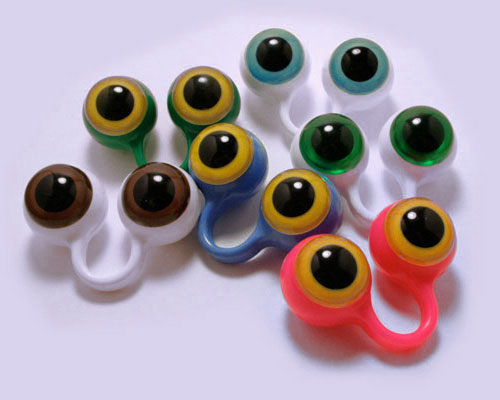Literacy Retreat 2013
SECRET SITE
Immersing Students in Complex Text
Understanding Text Complexity within the CCSS
The CCSS outlines Text Complexity within Standard 10 of the Reading Strand. Rather than looking at it in isolation, consider it one of the main struts of the Standards Ladder. When teaching Standards 2-9, along the ladder rungs, we need to do so with texts of varying complexity.
Each of the CCSS Anchor Reading Standards is also explained in grade-level specific expectations within a 66-page document.
- K-5 Anchor Reading Standards, p10
- K-5 Literature Standards, pp11-12
- K-5 Informational Text Standards, pp13-14
- Grades 6-12 Anchor Reading Standards, p35
- Grades 6-12 Literature Standards, pp36-38
- Grades 6-12 Informational Text Standards, pp39-40
These grade-level specific standards are progressive, which means they build on one another from kindergarten through grades 1-12. It’s easier to look at the grade-level build using this adjustable table, created by the North Carolina Department of Education (resource no longer available).
The CCSS define Text Complexity by three factors—Quantitatively, Qualitatively, and Considering the Reader & Task involved.
- Since teachers are to determine text complexity themselves, an assessment tool is essential. Kristina built rubrics for Literature and Informational Text that measure all three factors of Text Complexity. NOTE: The rubric prints on legal paper (8 1/2 x 14).
- Although the quantitative measurement (e.g., Lexile Reading Level) is determined by a computer-generated program, it’s important to know that the CCSS have upped their Lexile Level expectations per grade band.
Utilize Appendix A (pp2-22) and Appendix B within the CCSS for text complexity examples. NOTE: These are NOT required reading lists per grade level.
Integrating Complex Texts
Apply the marathon analogy of days to push and grow versus days to recover and take it easy. There should be times we push students to grow with harder texts, and times that we work to throw a larger quantity of texts that are easier to read. The marathon analogy also reminds us that every day or every week is not harder than the previous one. It’s not a constant crescendo, but a spiral of experiences where we grow with hard texts and recover with easier texts.
When reading a complex text, it makes sense that you will have to read it multiple times. This notion of close reading typically requires three different entries into the text. Read through the following passage and notice the three sets of close-reading questions. Notice how the questions per close reading target different skills and standards, leading students to a deeper understanding of the text.
1. BLUE QUESTIONS: Read first for general understanding of the author’s ideas. This targets CCSS Reading Standards 1-3—reading for key ideas and details.
2. GREEN QUESTIONS: Then read the passage again, questioning the author’s choices in words, perspective, and text structure. This targets CCSS Reading Standards 4-6—reading for craft and structure.
3. RED QUESTIONS: Although a third entry into the text may not include a complete rereading, it does require students to look at the text as a whole, integrating all the ideas for a deeper understanding—Standards 7-9.
With each of these different readings, the target standards are different. Thus, the teacher’s instruction and the class discussion should focus on different aspects of the text. Use this template to plan out your text-dependent questions per reading. And use peepers to demonstrate the attention to detail that you’re looking for.
Additional Resources
For excellent information and strategies for how to teach students to read closely, you’ll lo
ve any of the following resources:
- Text Complexity: Raising Rigor in Reading
- Pathways to the Common Core
- Close Reading of Informational Texts
- Notice & Note: Strategies for Close Reading
- Deeper Reading: Grades 4-12
- Guided Highlighted Reading: A Close-Reading Strategy for Navigating Complex Text
